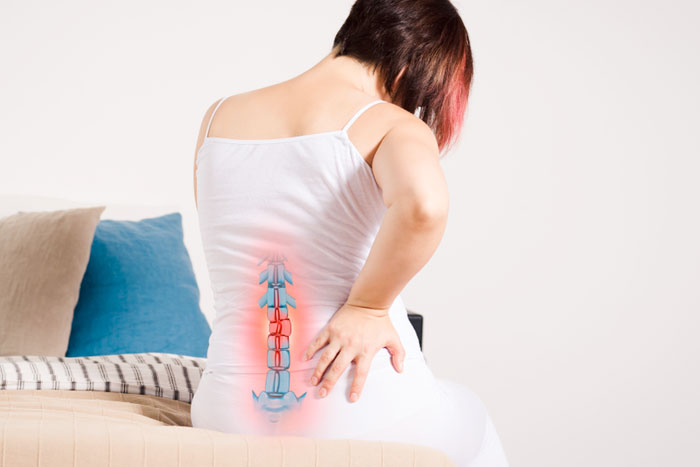Dr Mohd Mashfiqul Arafin Siddiqui
MBBS (Singapore), MRCSEd, MMed (Ortho), FRCSEd (Ortho), FAMS (Ortho)
Orthopaedic & Spine Surgeon,
Visiting Consultant, Singapore General Hospital
Visiting Consultant, Singapore General Hospital
Dr Mashfiqul Siddiqui is a senior orthopaedic and spine surgeon in private practice and a Visiting Consultant at Singapore General Hospital with more than 20 years of clinical experience.
His focus is on getting patients suffering from spine conditions such as slipped discs, neck and back pain (which sometimes go down the arm or leg with a tingling sensation or numbness), quickly back to their desired functional level. As an orthopaedic surgeon and spine specialist in Singapore, he is also well trained in treating both spinal conditions as well as other associated orthopaedic problems. Working closely with the physiotherapist, management of neck and back pain as well as early administration of slipped disc treatment can be done for quick return to daily activities and sports.



























